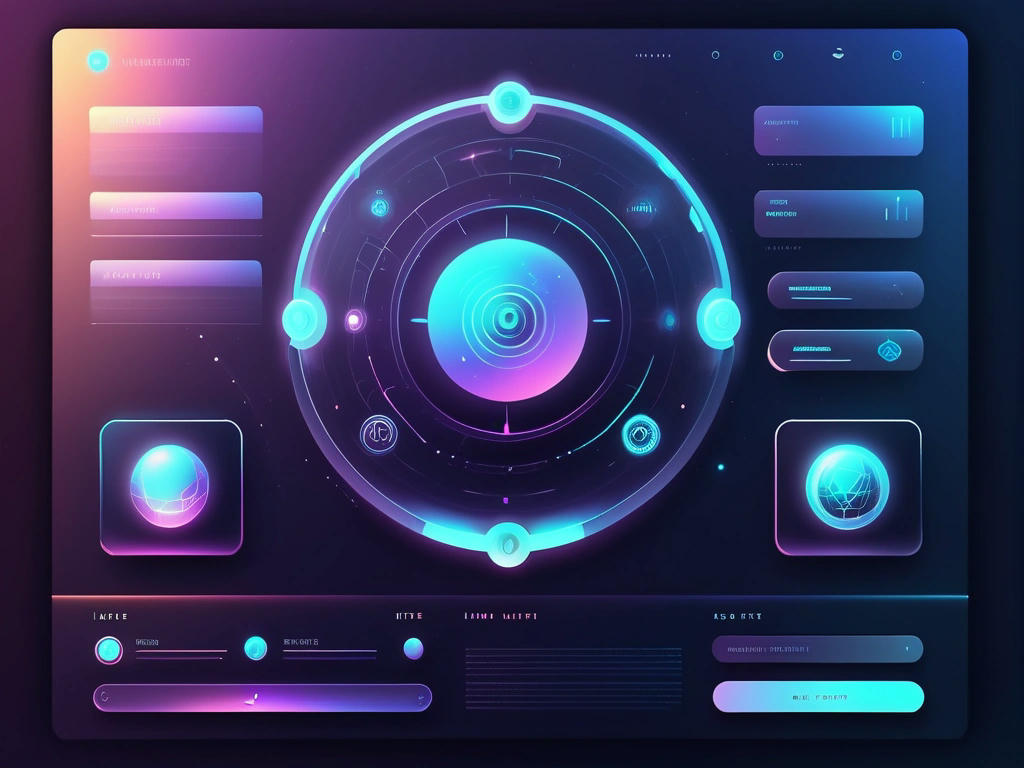In the world of web development, few things inspire as much frustration and debate as Cascading Style Sheets (CSS). For over two decades, developers have wrestled with its quirks, inconsistencies, and the endless hacks required to achieve even the simplest of designs. Despite its promise to revolutionize web design, CSS has often felt more like a necessary evil than a helpful tool.
CSS, much like communism, often requires a leap of faith. The theory is sound: a simple, declarative language that allows for the separation of content and presentation. In practice, however, it frequently falls short. The promise that CSS could do everything a developer might want has proven to be an elusive dream. Instead, we find ourselves resorting to convoluted hacks and workarounds to achieve our desired outcomes.
The analogy to communism is not entirely misplaced. Just as proponents of communism argue that "real communism" has never been tried, CSS enthusiasts often claim that the true potential of CSS has yet to be realized. The reality, however, is that CSS's inherent limitations and inconsistencies make it a perpetual source of frustration. Each new feature or update seems to add more complexity without addressing the fundamental issues that plague the language.
One of the most maddening aspects of CSS is its unpredictability. What works perfectly in one browser may break entirely in another. The cascade itself, while a powerful concept, can lead to unexpected and difficult-to-debug issues. The specificity rules, while logical in theory, often result in a tangled mess of overrides and !important declarations.
Moreover, the ever-expanding list of CSS properties and values can feel overwhelming. New features are continually added, promising to solve old problems but often introducing new ones. The learning curve for CSS remains steep, and even seasoned developers can find themselves stumped by its idiosyncrasies.
So, what is the solution? Some have proposed entirely new paradigms for web design, such as component-based frameworks like React or Vue.js, which abstract away much of the complexity of CSS. Others advocate for pre-processors like SASS or LESS, which add additional functionality and organization to CSS. While these tools can alleviate some of the pain points, they do not address the root of the problem.
Perhaps it is time for a more radical approach. Imagine a world where web design is governed by a new, more intuitive system—one that prioritizes simplicity and predictability over the arcane rules and exceptions of CSS. While this may seem like a pipe dream, it is worth considering. After all, the web has evolved dramatically since the inception of CSS, and our tools should evolve with it.
In conclusion, while CSS has been an essential part of web development for many years, its limitations and frustrations are undeniable. It is time to rethink our approach to web design and consider new, innovative solutions that can truly deliver on the promise of a better web. Until then, we will continue to wrestle with the beast that is CSS, hoping that one day, a better alternative will emerge.



